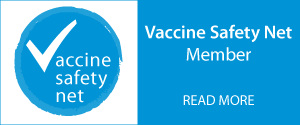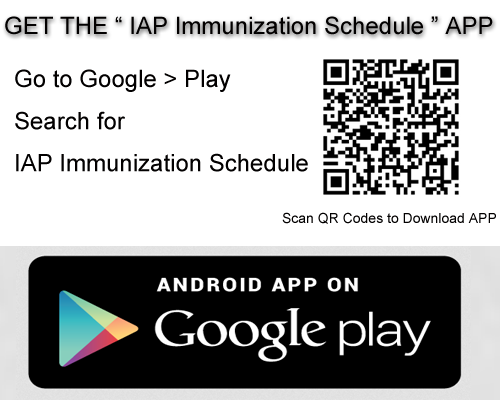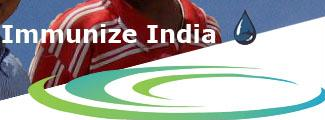Typhoid fever is a life-threatening illness caused by the bacterium Salmonella Typhi. In the United States about 400 cases occur each year, and 75% of these are acquired while traveling internationally. Typhoid fever is still common in the developing world, where it affects about 21.5 million persons each year.
Typhoid fever can be prevented and can usually be treated with antibiotics. If you are planning to travel outside the United States, you should know about typhoid fever and what steps you can take to protect yourself.
How is typhoid fever spread?
Salmonella Typhi lives only in humans. Persons with typhoid fever carry the bacteria in their bloodstream and intestinal tract. In addition, a small number of persons, called carriers, recover from typhoid fever but continue to carry the bacteria. Both ill persons and carriers shed Salmonella Typhi in their feces (stool).
You can get typhoid fever if you eat food or drink beverages that have been handled by a person who is shedding Salmonella Typhi or if sewage contaminated with Salmonella Typhi bacteria gets into the water you use for drinking or washing food. Therefore, typhoid fever is more common in areas of the world where handwashing is less frequent and water is likely to be contaminated with sewage.
Once Salmonella Typhi bacteria are eaten or drunk, they multiply and spread into the bloodstream. The body reacts with fever and other signs and symptoms.
Where in the world do you get typhoid fever?
Typhoid fever is common in most parts of the world except in industrialized regions such as the United States, Canada, western Europe, Australia, and Japan. Therefore, if you are traveling to the developing world, you should consider taking precautions. Over the past 10 years, travelers from the United States to Asia, Africa, and Latin America have been especially at risk.
How can you avoid typhoid fever?
Two basic actions can protect you from typhoid fever:
Avoid risky foods and drinks.
Get vaccinated against typhoid fever.
It may surprise you, but watching what you eat and drink when you travel is as important as being vaccinated. This is because the vaccines are not completely effective. Avoiding risky foods will also help protect you from other illnesses, including travelers' diarrhea, cholera, dysentery, and hepatitis A.
"Boil it, cook it, peel it, or forget it"
If you drink water, buy it bottled or bring it to a rolling boil for 1 minute before you drink it. Bottled carbonated water is safer than uncarbonated water.
Ask for drinks without ice unless the ice is made from bottled or boiled water. Avoid popsicles and flavored ices that may have been made with contaminated water.
Eat foods that have been thoroughly cooked and that are still hot and steaming.
Avoid raw vegetables and fruits that cannot be peeled. Vegetables like lettuce are easily contaminated and are very hard to wash well.
When you eat raw fruit or vegetables that can be peeled, peel them yourself. (Wash your hands with soap first.) Do not eat the peelings.
Avoid foods and beverages from street vendors. It is difficult for food to be kept clean on the street, and many travelers get sick from food bought from street vendors.
Getting vaccinated
If you are traveling to a country where typhoid is common, you should consider being vaccinated against typhoid. Visit a doctor or travel clinic to discuss your vaccination options.
Remember that you will need to complete your vaccination at least 1-2 weeks (dependent upon vaccine type) before you travel so that the vaccine has time to take effect. Typhoid vaccines lose effectiveness after several years; if you were vaccinated in the past, check with your doctor to see if it is time for a booster vaccination. Taking antibiotics will not prevent typhoid fever; they only help treat it.
The chart below provides basic information on typhoid vaccines that are available in the United States.
Last Updated : 10/01/2020
© Copyright 2015, All Rights Reserved by ACVIP. Powered by: ITindustries.com







